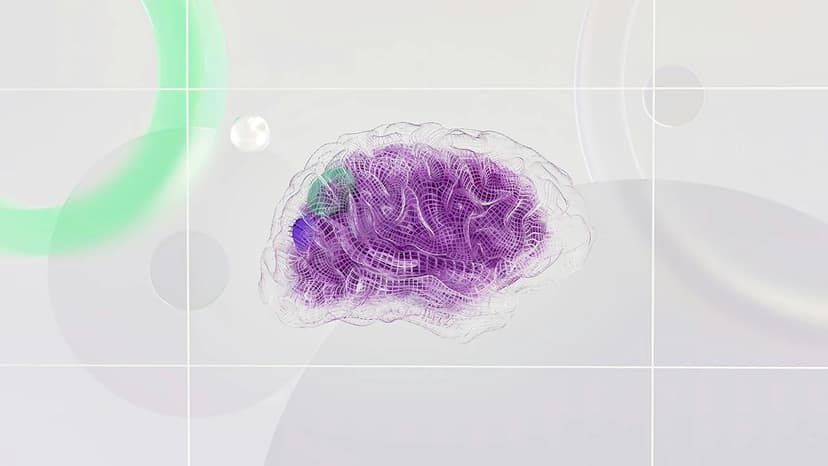Exploring JavaScript Prototypes: The Power Behind Inheritance
JavaScript is a widely-used programming language known for its unique prototype-based inheritance. Understanding prototypes is important for developers aiming to create efficient, maintainable, and scalable code. This article explains the concept of prototypes in JavaScript, their significance, and how they facilitate inheritance and object linking.
What are Prototypes in JavaScript?
In JavaScript, every object is linked to a prototype object from which it inherits properties. This forms a chain that leads to Object.prototype, the top of the prototype chain. When you access a property on an object, JavaScript first checks the object itself. If the property is not found, JavaScript traverses up the prototype chain.
Consider this example:
Javascript
In this example, the Animal function creates animal objects. The sayName method, added to the Animal.prototype, is accessible by all instances of Animal. This mechanism promotes efficient memory usage and code reusability through inheritance.
Leveraging Prototypal Inheritance
Prototypal inheritance allows objects to inherit properties and methods from other objects. This model enhances flexibility and code reuse. Here's an example:
Javascript
In this case, the Cat constructor inherits from Animal.prototype using Object.create(). Instances of Cat can access the sayName method defined in Animal.prototype, illustrating how prototypes support object linking and inheritance.
The Prototype Chain in Action
The prototype chain is vital for understanding JavaScript's inheritance model. It represents the hierarchy of objects linked through their prototypes. When accessing a property or method, JavaScript searches first on the object and then traverses the prototype chain.
Here’s a more complex example:
Javascript
In this example, the Dog constructor inherits from Animal.prototype. Instances of Dog can access both sayName from Animal.prototype and bark from its own prototype. This demonstrates how the prototype chain supports inheritance and method sharing.
Extending Prototypes for Enhanced Functionality
Prototypes can be extended and modified at runtime, enabling dynamic changes to object behaviors. Here’s how to add a new method to the Animal.prototype:
Javascript
By adding the sleep method to Animal.prototype, all objects that inherit from it, like Dog instances, can use this new functionality. This dynamic feature highlights the adaptability of prototypes.
Exploring Object.create() and Object.setPrototypeOf()
JavaScript provides Object.create() and Object.setPrototypeOf() for working with prototypes. These methods offer alternative ways to manage object relationships. Here are examples of each:
Using Object.create():
Javascript
This method creates a new object with a specified prototype. Here, we create a bird object that inherits from Animal.prototype, allowing access to sayName.
Using Object.setPrototypeOf():
Javascript
This method sets the prototype of a specified object to a provided prototype object. We set the prototype of parrot to Animal.prototype, enabling it to inherit the sayName method.
Prototypes are key to JavaScript's inheritance model. They enable object linking, inheritance, and method sharing. By leveraging prototypes wisely, developers can create robust and scalable applications that promote code reuse. The prototype chain, object extension, and dynamic prototype manipulation are essential features that enhance JavaScript's capabilities.












